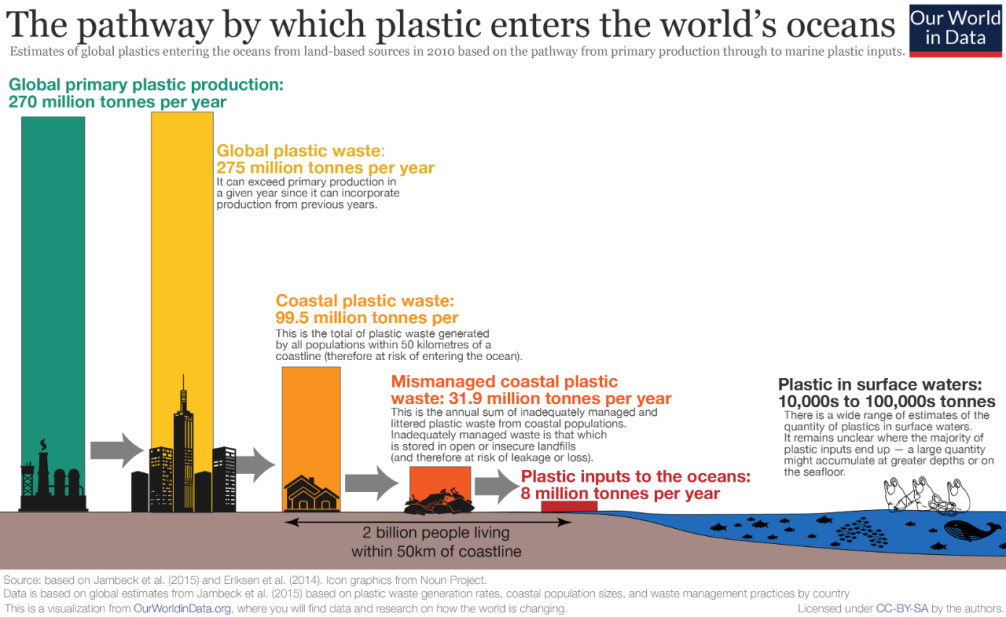Volume of microplastics found on ocean floor triple in two decades

Microplastic debris found on the bottom of ocean beds has tripled in the past two decades, scientists have warned.
That is despite repeated awareness campaigns and protests calling for the reduction of single-use plastic around the globe.
Study co-author Michael Grelaud said that analysed sediments have remained unaltered on the seafloor since they were deposited decades ago.
Researchers looked at material deposited in the northwestern Mediterranean for the study, the findings of which have been published in the journal Environmental Science and Technology.
The area was chosen, and the Ebro Delta in particular, because rivers are recognised as ‘hotspots’ for several pollutants and microplastics.
Researcher Laura Simon-Sánchez said: “Since 2000, the amount of plastic particles deposited on the seafloor has tripled and that, far from decreasing, the accumulation has not stopped growing mimicking the production and global use of these materials.”
“Since the 1980s, but especially in the past two decades, the accumulation of polyethene and polypropylene particles from packaging, bottles, and food films has increased, as well as polyester from synthetic fibers in clothing fabrics.”
The study found that the amount of each of the three particles reached a critical level of 1.5mg per kilogram of sediment collected, with polypropylene being the most abundant, followed by polyethylene and polyester.
The research team looked into the degradation status of the buried microplastics and found they no longer degrade, either due to lack of erosion, oxygen, or light.
Marine biologist Professor Patrizia Ziveri said: “The process of fragmentation takes place mostly in the beach sediments, on the sea surface or in the water column.
“Once deposited, degradation is minimal, so plastics from the 1960s remain on the seabed, leaving the signature of human pollution there.”
You can return to the main Market News page, or press the Back button on your browser.

